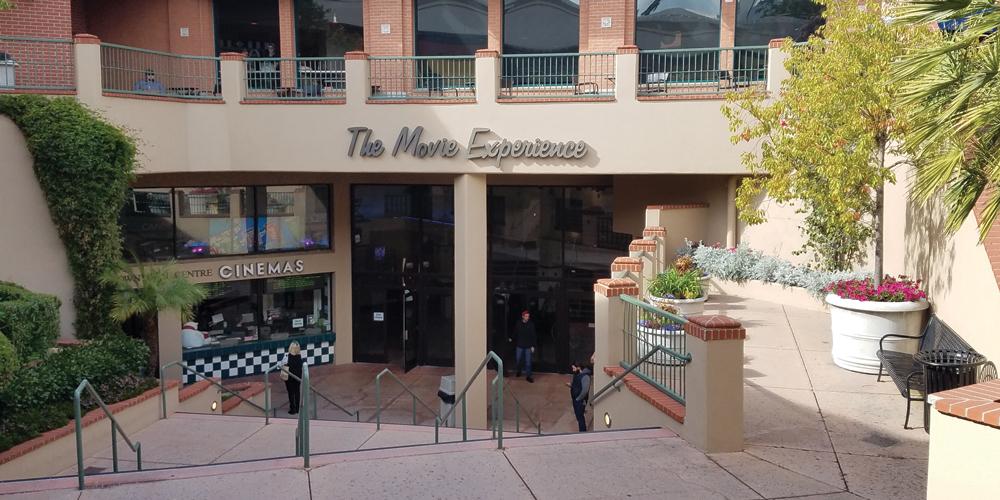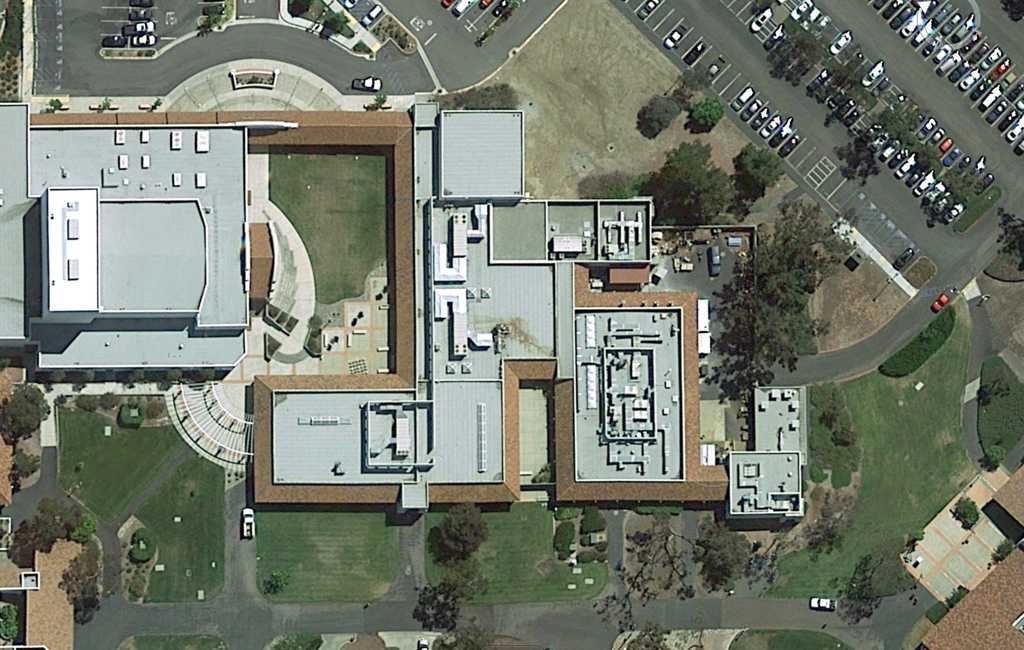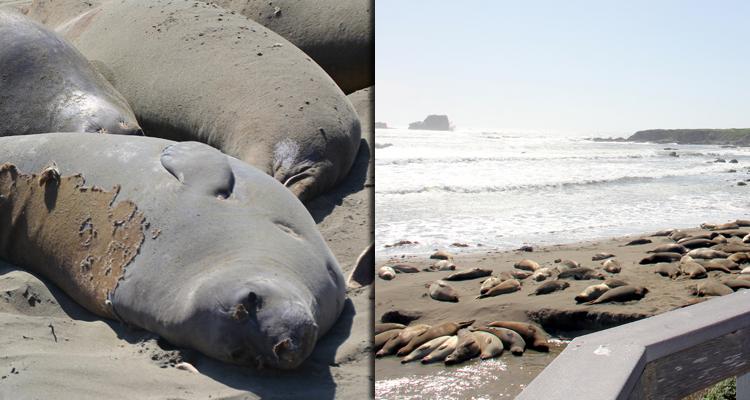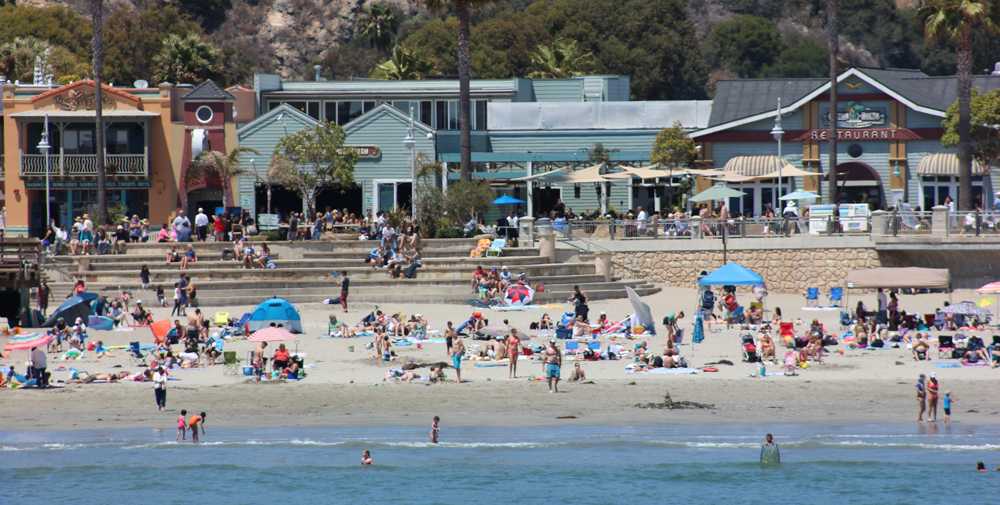The record breaking applicant pool has caused CSUs to become more competitive in their decision process – where 1 in 10 qualified students will be denied.
Photo by Shannon Cardella / Cuestonian Photographer
By Austin Brumblay
Managing Editor of Content
Prospective California State University transfer students have found themselves in a race against nearly 1 million applicants this coming fall.
The record breaking applicant pool has caused CSUs to become more competitive in their decision process – where 1 in 10 qualified students will be denied.
Last year a record 31,000 qualified students were turned away and projections for this year are expected to be much higher.
A recent report from EdSource, a California education resource site, explained the statistical risks transfer students face and has put Cuesta students on edge.
“The number of CSU applicants made me nervous about getting in the schools that I wanted,†said Robert Kraemer, a fourth year Cuesta mathematics major. “It really changed my chances.â€
Over the last seven years, there has been a sharp increase in CSU applications–where the rise in preparation from high schools and low-cost tuition has inflated applicant numbers dramatically.
Fall 2018 applicants topped out at a record 912,000 freshman and transfer candidates across the CSU system.
The staggering number of students yield almost a 25 percent increase over 2011. In contrast, CSU campus sizes have only increased by 10 percent since 2011–which has caused many students to be denied simply from unavailable space.
Cal Poly was no exception, as a record 65,500 students applied to attend next fall. The applicants will be competing for roughly 6,000 spots, according to last year’s enrollment data.
The influx of students has put CSUs in a tough predicament. What were traditionally considered universities open to everyone, have now become more competitive than many University of California campuses.
Popular CSU campuses such as Cal Poly and San Diego State reported acceptance rates of 29 and 34 percent. While their UC counterparts UC Santa Barbara and UC San Diego each reported 36 percent acceptance rates for the 2017 term.
The new highly selective process had caused concern among students and prompted them to pay closer attention to transfer details:
“I spent a lot of time working with one of the counselors throughout the application process to make sure my applications were as good as possible,†Kraemer said.
Cuesta’s transfer center has also been affected, as a surge of prospective transfer students have been using the facility to help their chances of acceptance.
“There’s definitely been more students during the application season over years past,†said Ariana Jimenez, Cuesta’s university transfer center specialist. “The best thing a student can do is plan ahead and meet with counselors.â€
The accessibility that once drew students to CSUs has since eroded away via campus “impactions‖and are the direct cause of the newly-acquired GPA elitism among campuses, according to Jane Conoley, university president of CSU Long Beach.
Impactions occur when a campus has surpassed its capacity in both enrollment and resources.
Of the 23 CSU campuses, only seven have room to accommodate all qualified transfer students. And one-quarter of the campuses, including Cal Poly, reported that all undergraduate programs are impacted for the 2018-19 school year.
To help prevent qualified applicants from being denied, the CSU system added the Associate Degree for Transfer program to guarantee students acceptance to at least one CSU campus upon completion of the degree. Â
The ADT, conveniently referred to as “a degree with a guarantee,†allows for students to gain priority and a GPA boost in applicable majors to CSU campuses.
Cuesta students are also encouraged to be proactive about their transfer goals.
“Counselors can help plan [students] classes and formulate maps to go by, to best succeed in their futures,†Jimenez said.




















